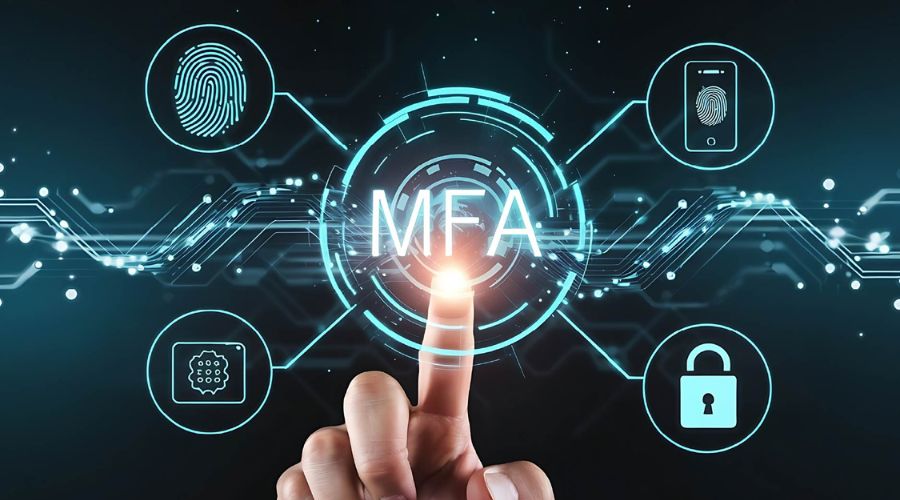In today’s increasingly digital world, security threats are evolving rapidly, demanding more advanced and reliable methods for identity verification and access control. Biometric solutions have emerged as a key component in strengthening cybersecurity frameworks, particularly in Identity Access Management (IAM) systems and Multifactor Authentication (MFA). These technologies use unique physical or behavioral traits to authenticate individuals, offering higher security, improved user experience, and operational efficiency.
Understanding Biometric Solutions
Biometric authentication involves the use of biological characteristics—such as fingerprints, facial features, iris patterns, or voice recognition—to verify an individual’s identity. Unlike traditional authentication methods that rely on passwords or security tokens, biometrics are inherently tied to a person and are difficult to replicate or steal. This makes them especially valuable in reducing identity theft, unauthorized access, and data breaches.
Biometric Identity Access Management (IAM)
Identity Access Management solutions are critical for controlling who can access specific systems, networks, or data within an organization. Integrating biometrics into IAM adds a powerful layer of security. Traditional IAM systems often rely on credentials such as usernames and passwords, which are vulnerable to phishing and brute-force attacks. Biometric IAM enhances these systems by requiring a unique physical trait for authentication, significantly reducing the risk of impersonation or unauthorized entry.
For instance, an enterprise might use facial recognition to allow only authorized employees into sensitive areas or grant access to confidential digital resources. Biometric IAM not only secures entry points but also ensures accountability, as each access attempt can be definitively traced back to a specific individual.
Biometrics in Multifactor Authentication (MFA)
Multifactor Authentication is a security mechanism that requires users to present two or more verification factors to gain access to a resource. These factors typically fall into three categories: something you know (e.g., a password), something you have (e.g., a smartphone), and something you are (e.g., a fingerprint). Biometric data falls into the “something you are” category, making it a natural and increasingly popular choice for strengthening MFA systems.
By incorporating biometrics into MFA, organizations can drastically improve their defense against unauthorized access. For example, a user may need to input a password (first factor) and then verify their identity via facial recognition (second factor) to access a secure application. This approach significantly reduces the chances of a successful cyberattack, even if one factor is compromised.
Advantages and Considerations
Biometric solutions offer several advantages over traditional authentication methods. They are fast, convenient, and reduce the burden of remembering complex passwords. Additionally, they improve compliance with regulatory requirements such as GDPR, HIPAA, and others, by offering robust authentication mechanisms.
However, biometric systems must be implemented carefully. Concerns around privacy, data storage, and the potential for spoofing attacks need to be addressed through encryption, secure storage, and anti-spoofing technologies.
Conclusion
Biometric solutions are transforming the landscape of cybersecurity by enhancing Identity Access Management and Multifactor Authentication systems. As cyber threats become more sophisticated, organizations must adopt advanced, user-friendly, and secure authentication methods. Biometrics offer a powerful tool in this regard, helping businesses protect sensitive information while ensuring seamless access for legitimate users.


